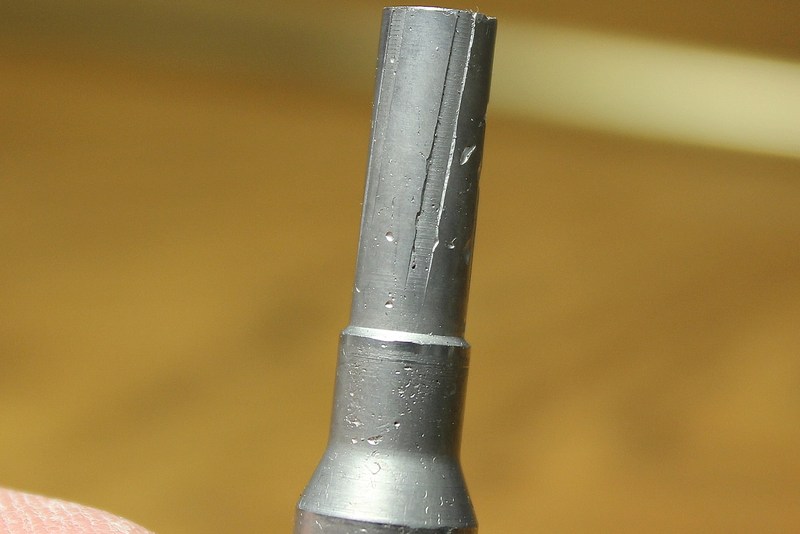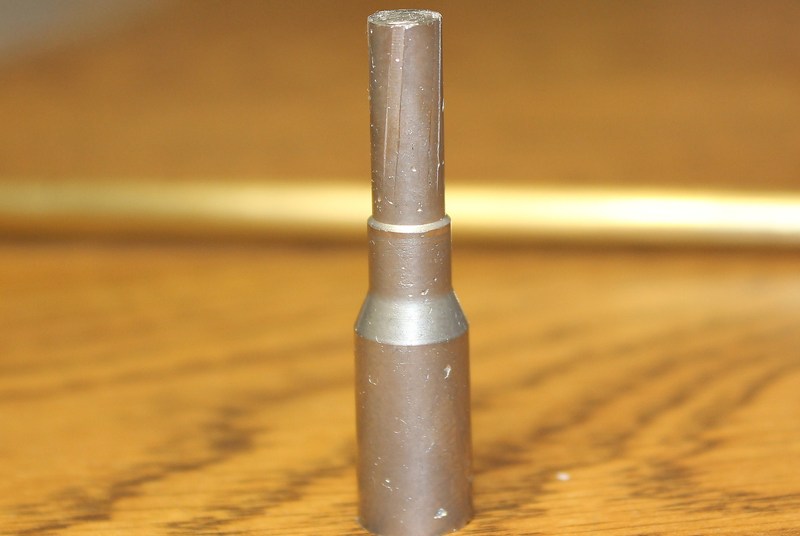I agree that some 'thermal assistance' results in the best fit, but that's rarely encountered outside of high end uppers specifically milled with tight tolerances, or with barrel extensions specifically milled to be oversized.
Honestly, I was a bit disappointed when my 6x45mm barrel was a snug fit, by hand, in the Mega SBU upper I selected for the build, rather than requiring some heat.

Lapping removes the anodizing, making the surface softer, and you also set up a very active corrosion cell between the exposed aluminum and the stainless extension.
Whether or not the lapping process breaks through the anodizing depends on how thick the anodizing was to begin with, and how far you need to go with lapping.
The MIL standard for type II and type III hardcoat anodizing calls for 0.002" (+/-20%) standard, but allows for any thickness to be specified. As such, manufacturers can anodize to any thickness they want, and still claim that it is MIL-A-8625, type whatever, class whatever, without lying. I've seen upper receivers with anodizing as thick as 0.008" that were sold as 'hard anodized per MIL-A-8625' in one place and just 'hardcoat anodized' in another.
Given that you only have to remove 0.0027
7" to turn an AR barrel nut one full notch/hole, and that most people lap only to true the face of the boss or to get a partial turn of the nut, lapping generally removes less than 0.002" - often less than 0.001".
If you need to go farther than that to true up the face, then go to a different upper. And if you need to lap farther than that for the desired torque value, then you can also use shims - or even
should have used shims.
And... you need moisture in contact with both metals, for galvanic corrosion to be an issue. Unless you make a habit of soaking your AR on a regular basis, AND lapped all the way through the anodizing, it isn't something to waste time worrying about.



